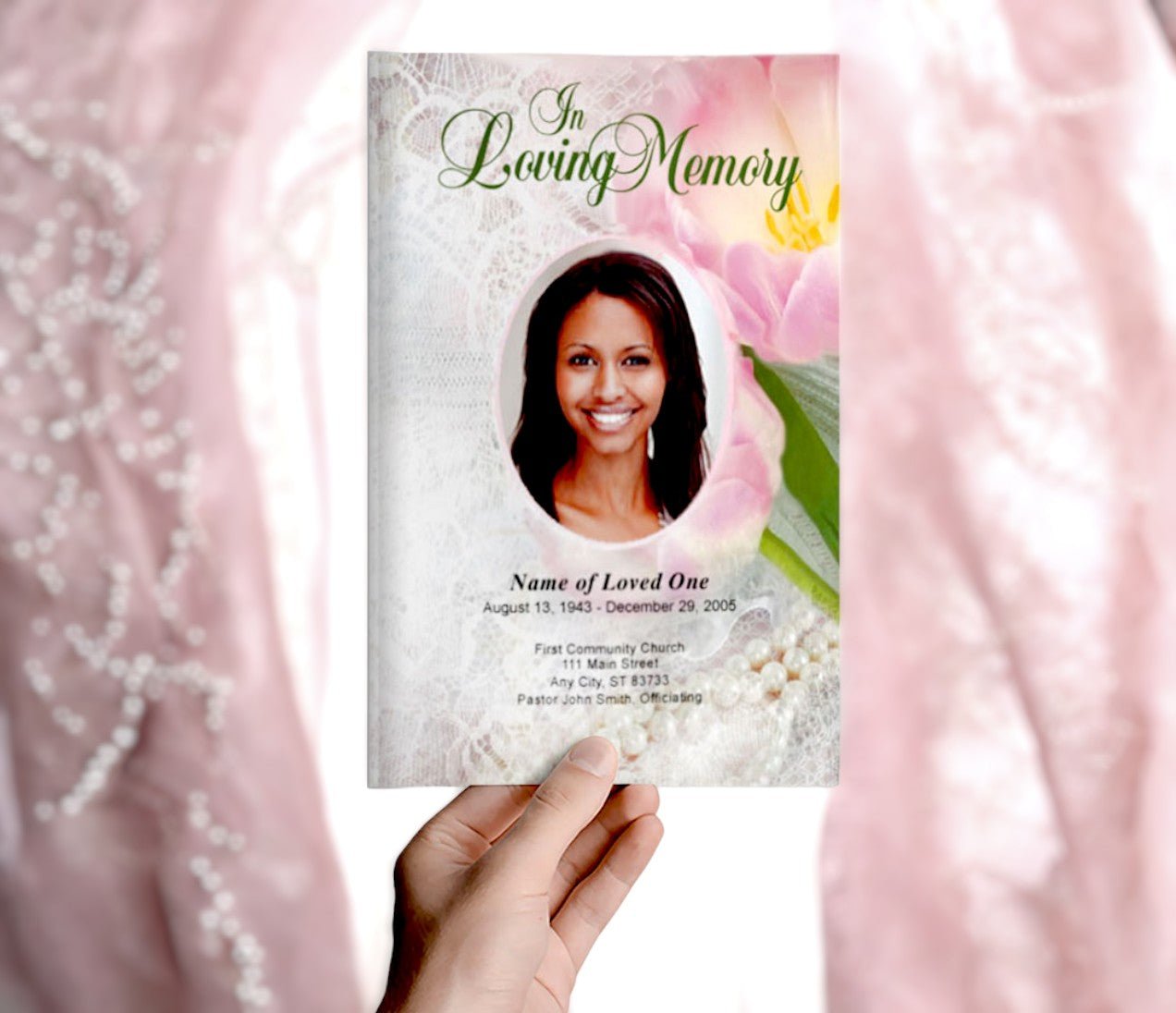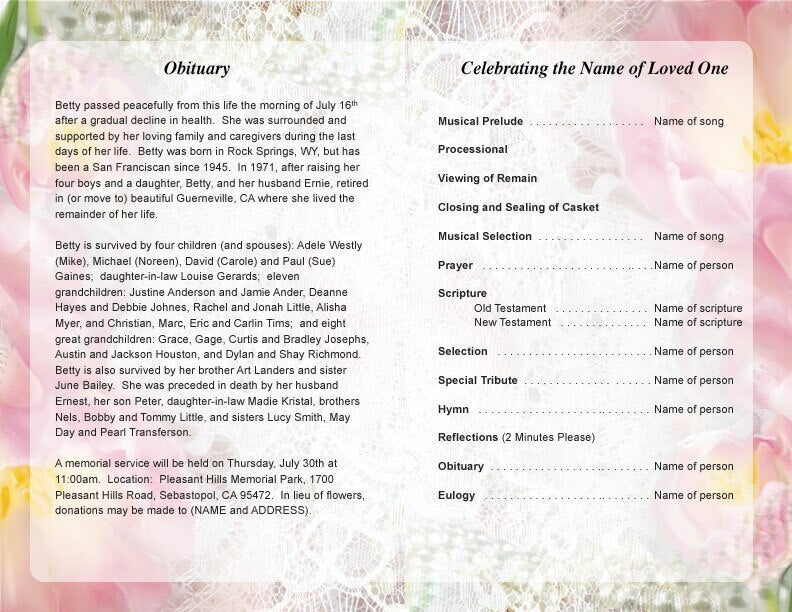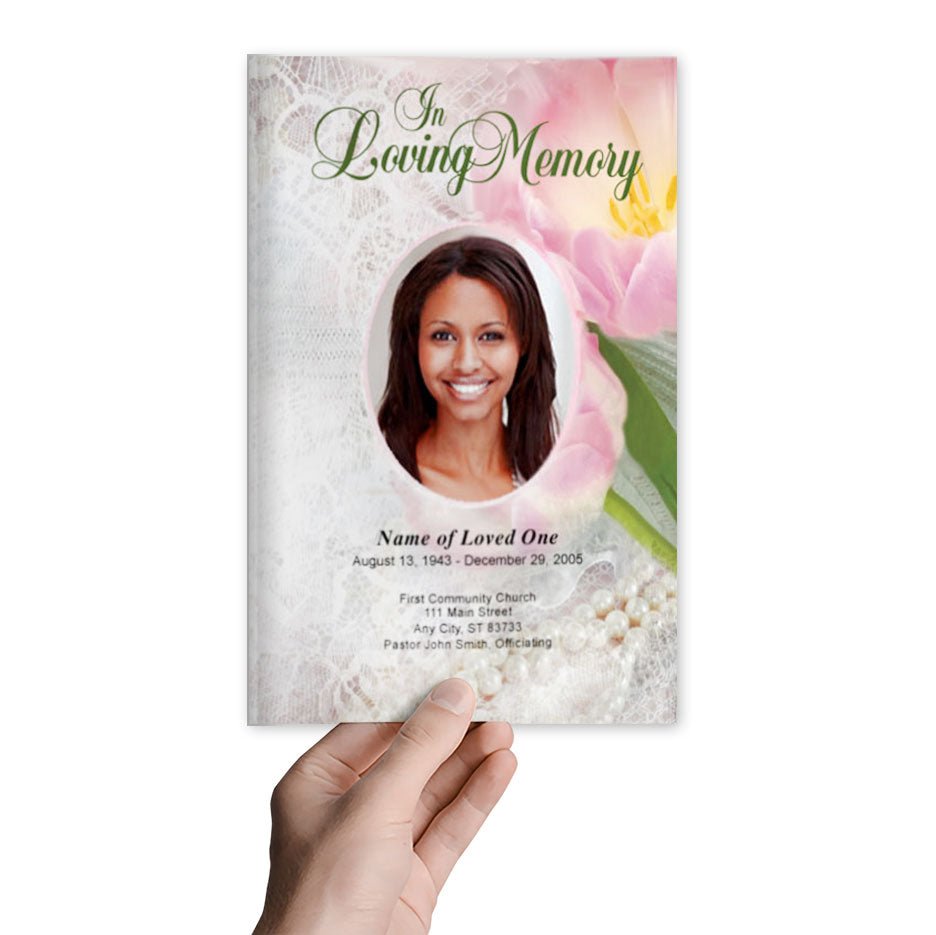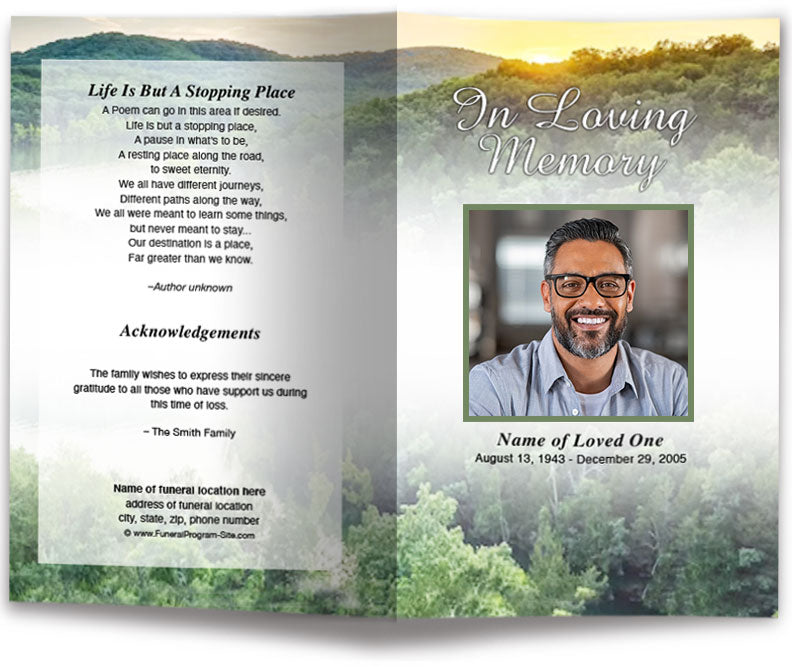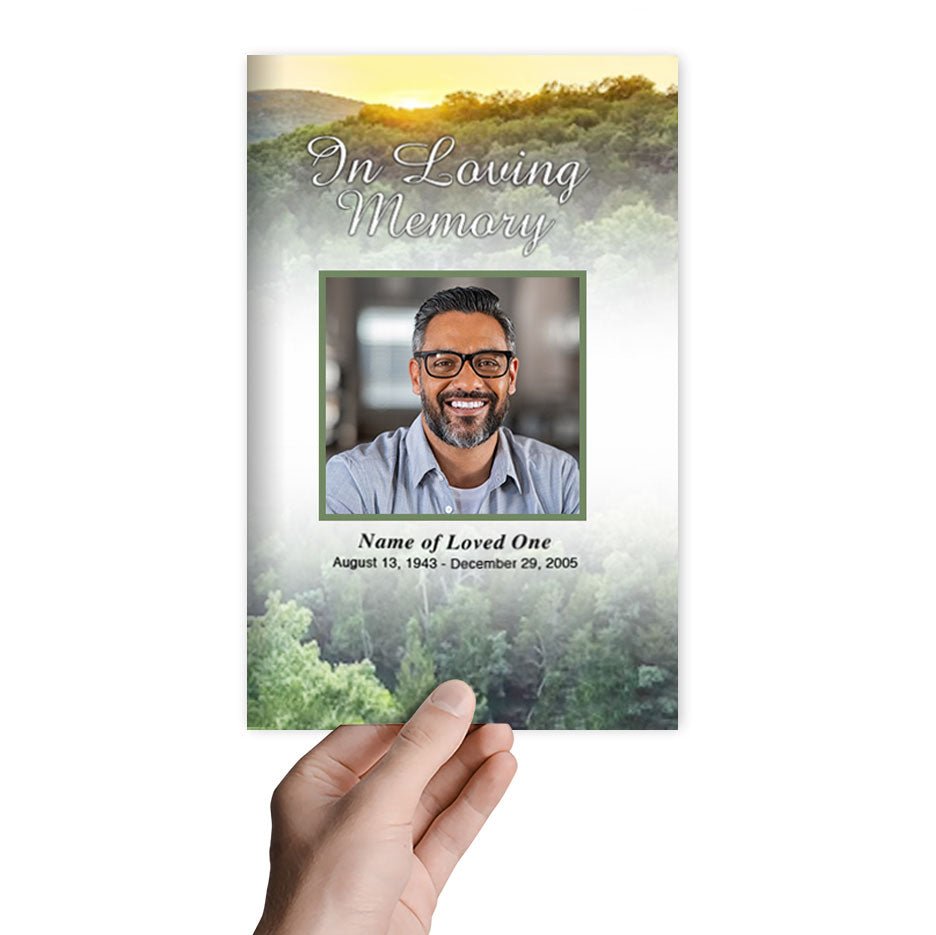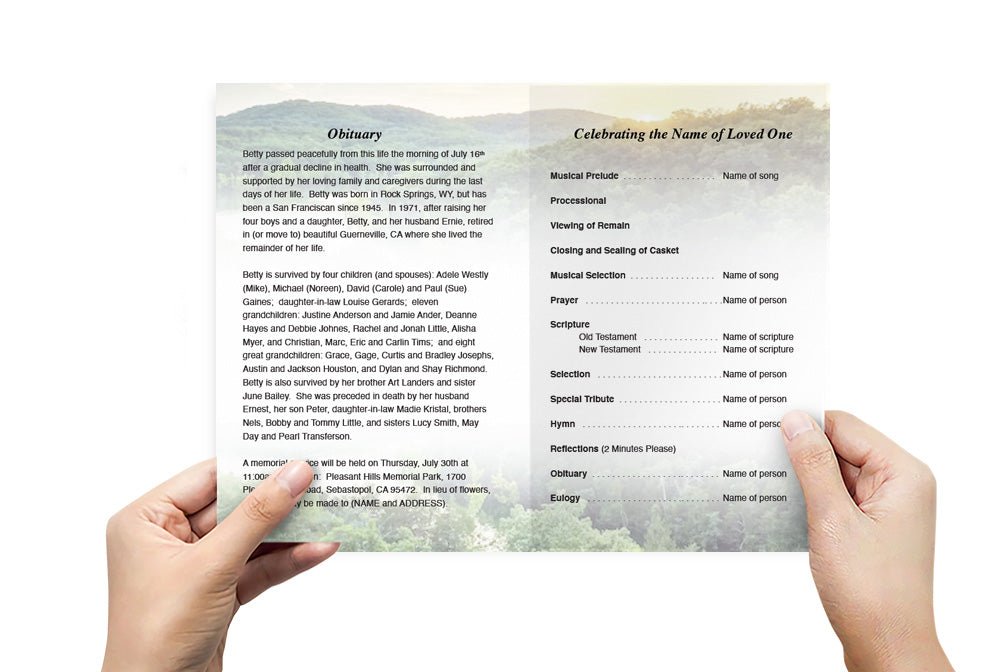How Would You Describe the Deceased?

Describing the deceased in a funeral service, obituary, or memorial tribute is an opportunity to honor their life, personality, and legacy. Whether writing a funeral program, eulogy, obituary, or personal reflection, choosing the right words can create a meaningful tribute.
This guide provides thoughtful ways to describe the deceased, offering examples and key elements to include when capturing their character, values, and impact.
1. Capturing Their Personality and Character
The most personal and heartfelt way to describe the deceased is to focus on who they were as a person.
Questions to Consider:
- What were their most defining personality traits?
- How did they treat others?
- What words best capture their spirit, humor, kindness, or wisdom?
Examples of Personality Descriptions:
- "John was a kind and gentle soul who always put others before himself."
- "Maria’s infectious laughter and warm spirit lit up every room she entered."
- "David was a man of quiet strength, known for his wisdom and unwavering love for his family."
- "Lisa had a heart full of generosity, always ready to help those in need."
Describing their qualities and characteristics paints a vivid picture of their legacy.
2. Highlighting Their Relationships
A person’s impact is often seen in the relationships they built with family, friends, and the community.
Ways to Describe Their Relationships:
- Family Role: "A devoted husband, loving father, and cherished grandfather."
- Friendship: "A loyal friend who was always there to listen and support."
- Mentorship: "A mentor and guide, whose wisdom inspired many."
- Community: "A pillar of the community, always involved in helping others."
Examples:
- "Sarah was a loving mother whose warmth and wisdom shaped the lives of her children."
- "As a devoted grandfather, Robert was always ready with a story, a joke, or a lesson in patience."
- "Emily’s friendships were lifelong treasures, and she made everyone feel like family."
3. Describing Their Passions and Interests
The things a person loved often reveal much about their personality and heart.
Consider These Questions:
- What hobbies or passions did they enjoy?
- Did they have a favorite activity, sport, or artistic talent?
- Were they involved in any charities, causes, or community work?
Examples:
- "Michael was an avid fisherman who found peace in the quiet rhythm of the water."
- "Sophie’s love for baking meant no one ever left her home without a plate of fresh cookies."
- "A lifelong musician, Thomas shared his love of jazz with everyone he met."
- "Linda was deeply passionate about animal rescue, dedicating much of her life to helping abandoned pets."
Mentioning hobbies and passions makes the tribute more personal and relatable.
4. Honoring Their Achievements and Legacy
Recognizing the achievements and contributions of the deceased helps celebrate their impact.
Key Areas to Highlight:
- Career & Professional Achievements: "A dedicated teacher who inspired generations of students."
- Military or Public Service: "A proud veteran who served with honor and courage."
- Creative Contributions: "A gifted artist whose paintings brought joy to many."
- Philanthropy & Community Work: "A tireless advocate for social justice and humanitarian causes."
Examples:
- "James dedicated his career to medicine, always putting his patients first."
- "Rachel’s love for teaching left a lasting mark on every student she taught."
- "A decorated veteran, Robert’s service and sacrifice will never be forgotten."
Achievements provide a sense of pride and inspiration for those remembering them.
5. Including Meaningful Stories and Anecdotes
Sharing specific stories about the deceased makes the tribute more memorable and heartfelt.
Examples of Storytelling:
- "Whenever Susan entered a room, she would immediately find someone who needed encouragement and make their day better."
- "Tom had a habit of always having a joke ready, no matter the occasion."
- "Even in difficult times, Grandpa would remind us that ‘laughter is the best medicine.’"
Adding personal stories makes the description vivid and real, allowing others to relate and reminisce.
6. Choosing the Right Tone
The tone of the description should reflect the personality of the deceased and the nature of the service.
- Formal and Traditional: Suitable for obituaries, religious funerals, and official tributes.
- Lighthearted and Personal: Ideal for celebration-of-life services or informal memorials.
- Inspirational and Reflective: Can include poetic language, quotes, or scriptures.
Example of Formal Tone:
- "Dr. Andrew Reynolds was a devoted physician, a loving husband, and a mentor to many. His kindness, wisdom, and selflessness will be greatly missed."
Example of Lighthearted Tone:
- "If there was one thing Bob loved more than football, it was telling the same stories over and over again—and we loved hearing them every time."
Example of Inspirational Tone:
- "Sarah’s light will continue to shine in our hearts, reminding us to live with love and gratitude every day."
Choosing a tone that reflects the personality of the deceased ensures a meaningful tribute.
7. Ending with a Meaningful Closing Statement
A final statement should leave a lasting impression, summarizing their life and impact.
Examples of Meaningful Closings:
- "John’s legacy of kindness and generosity will continue to inspire all who knew him."
- "Though she is no longer with us, her love and wisdom will remain in our hearts forever."
- "We are grateful for the time we had with David and will cherish his memory always."
A well-crafted closing statement provides comfort and reflection for those grieving.
Conclusion
Describing the deceased in a funeral program, eulogy, or memorial tribute is an opportunity to honor their life, personality, and legacy. By focusing on their character, relationships, passions, achievements, and personal stories, you can create a heartfelt and meaningful remembrance that truly captures who they were.
A well-written description serves as a beautiful tribute that will bring comfort to family and friends while preserving the memory of a life well-lived.











